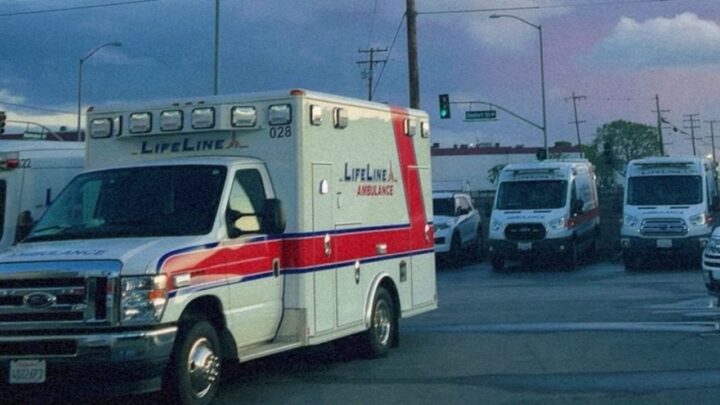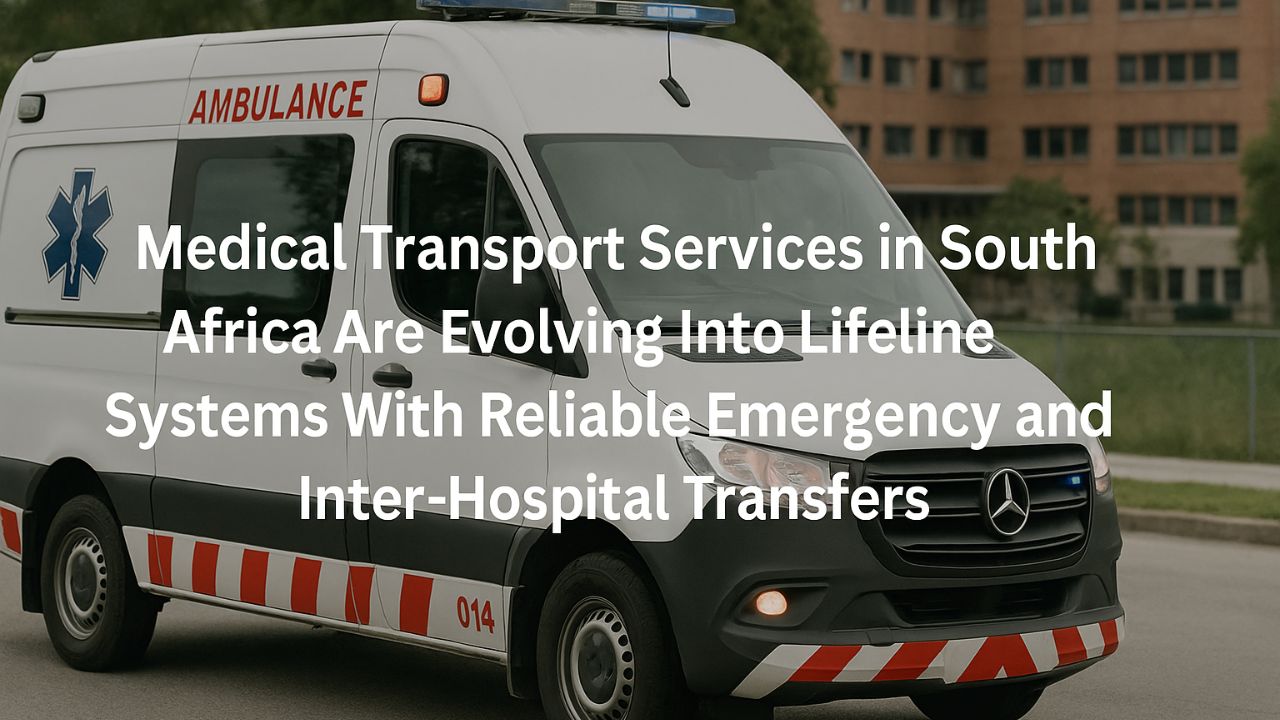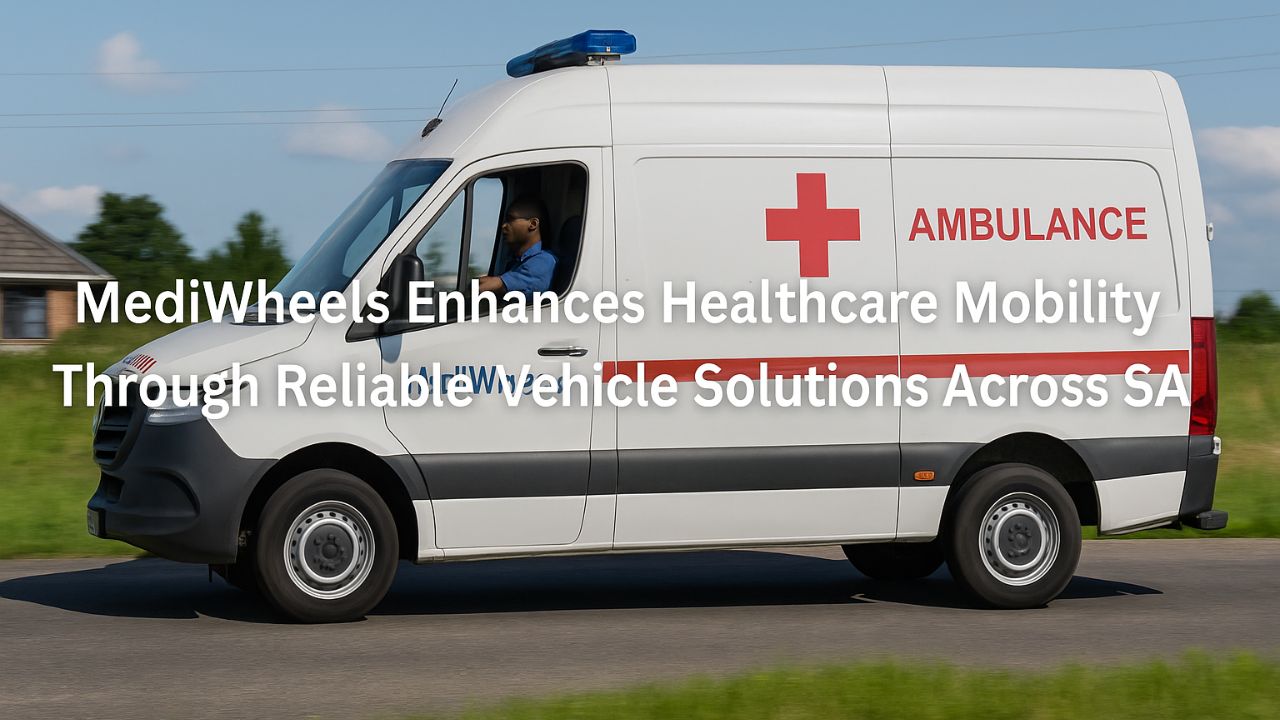Medical Transport Services – In recent years, medical transport services in South Africa have transitioned from mere support units into full-fledged lifeline systems. These services now form the backbone of emergency healthcare, inter-hospital coordination, and critical patient transfers—especially in rural and underdeveloped regions. As technology, regulation, and infrastructure improve, these transport services are saving more lives than ever before. This evolution is not just technological but also structural—bringing public, private, and NGO sectors together to deliver timely, efficient, and safe patient care. From rapid-response ambulances to high-tech airlifts, South Africa is witnessing a silent revolution in how medical transport is approached.
Role of Medical Transport in Emergency Response
Medical transport is the first line of response when seconds can mean the difference between life and death.
Key Benefits of Timely Medical Transport
- Immediate stabilization of trauma patients
- Shorter response time through dedicated EMS (Emergency Medical Services)
- Real-time communication between paramedics and hospital units
- Specialized units like neonatal and cardiac ambulances
- Disaster response readiness in mass casualty events
Impact on Road Accident Victims
South Africa records a high number of road accidents annually. Reliable emergency transport has helped in:
- Rapid extraction and triage at accident scenes
- Transporting critical patients directly to trauma centers
- Reducing fatality rates through golden-hour interventions
Inter-Hospital Transfers: A Critical Component
Many smaller hospitals lack advanced diagnostic tools or specialists. Inter-hospital transfers fill this crucial gap.
Importance of Inter-Hospital Transfers
- Moving patients from rural clinics to tertiary care hospitals
- Access to specialized surgeries, ICUs, and diagnostics
- Reducing delays in time-sensitive treatments like strokes and heart attacks
Specialized Transport Vehicles
These transfers require specially equipped vehicles such as:
- ICU-level ambulances with ventilators and monitors
- Neonatal transport units with incubators
- Cardiac care ambulances with ECG machines
- Air ambulances for long-distance or terrain-challenged areas

Medical Transport Services
Role of Technology in Enhancing Medical Transport
South Africa is integrating advanced digital systems to improve transport efficiency and tracking.
Technological Innovations
- GPS-enabled fleet tracking systems
- Digital communication tools linking ambulances to hospitals
- Mobile apps for booking non-emergency medical transport
- Data-sharing dashboards for real-time coordination
Use of Drones and AI
In pilot projects across provinces, drones and AI are being used for:
- Delivering emergency medication to remote areas
- AI-assisted route optimization for ambulances
- Drone surveillance in disaster-hit regions
Collaboration Between Public and Private Sectors
A significant development is the growing collaboration between provincial health departments and private EMS providers.
Benefits of Public-Private Partnerships
- More ambulances deployed across districts
- Faster response times through pooled resources
- Training and upskilling of EMS staff
- Shared data systems for better coordination
NGO and Volunteer Participation
In rural provinces like Limpopo and Eastern Cape, NGOs and volunteers often fill the transport gap by:
- Operating community ambulances
- Providing non-emergency transport to the elderly or chronically ill
- Bridging last-mile access for remote villages
Challenges Facing the System
Despite improvements, several challenges persist in ensuring truly universal medical transport coverage.
Key Obstacles
- Limited ambulance availability in rural areas
- Overworked and underpaid EMS staff
- Vandalism and theft of emergency vehicles
- Delays caused by bad road infrastructure
Funding and Policy Gaps
- Inconsistent provincial funding for EMS
- Lack of standardized training and protocols across regions
- Need for national-level policy revision to integrate private EMS data
Road Ahead – What Needs to Improve
Looking ahead, South Africa’s medical transport system must address quality, equity, and access.
- Expand training and certification programs for paramedics
- Increase investment in both ground and air transport fleets
- Adopt a centralized emergency response command system
- Strengthen community awareness about using EMS responsibly
5 Frequently Asked Questions (FAQs)
Q1. Is ambulance service free in South Africa?
Yes, public ambulance services are free, but private ambulances may charge fees unless covered by insurance.
Q2. Can I call an ambulance in rural areas?
Yes, you can, but availability might be limited in extremely remote locations.
Q3. What is an inter-hospital transfer?
It is the movement of a patient from one hospital to another for specialized care or advanced treatment.
Q4. Do all ambulances have life-saving equipment?
Most ambulances are equipped with basic life-support tools; however, ICU and cardiac units have advanced gear.
Q5. Are air ambulances available in South Africa?
Yes, especially in emergencies requiring rapid long-distance transfers, though they are mostly used by private hospitals or NGOs.






